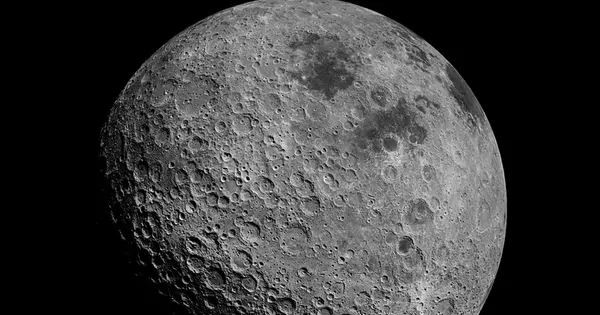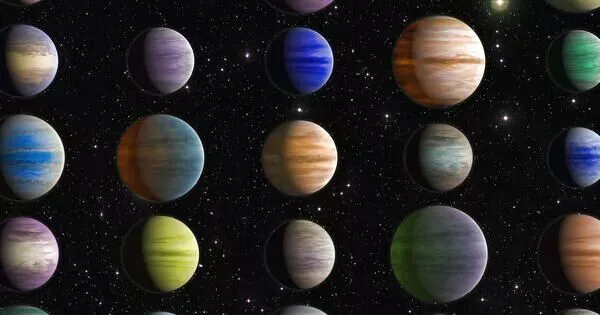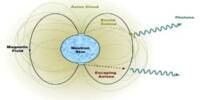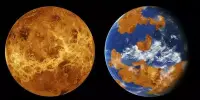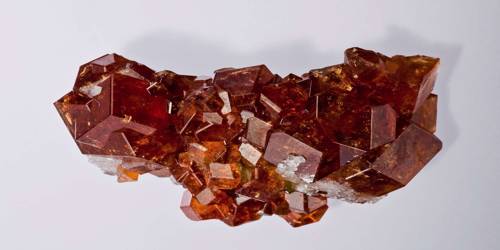The first definitive proof that the Moon inherited indigenous noble gases from the Earth’s mantle has been discovered by researchers. The discovery is an important piece of the puzzle in understanding how the Moon, and possibly the Earth and other celestial bodies, formed.
The Moon has long been a source of fascination for humans. However, it was not until Galileo’s time that scientists really began to investigate it. Over the course of nearly five centuries, scientists proposed numerous, hotly debated theories about how the Moon formed. ETH Zurich geochemists, cosmochemists, and petrologists have shed new light on the Moon’s origin story.
The research team reports findings in the journal Science Advances that show the Moon inherited the indigenous noble gases helium and neon from the Earth’s mantle. The discovery strengthens the already strong constraints on the popular “Giant Impact” theory, which proposes that the Moon was formed by a massive collision between Earth and another celestial body.
While such gases are not required for life, it would be interesting to learn how some of these noble gases survived the moon’s violent formation. Such knowledge could aid geochemists and geophysicists in developing new models that demonstrate how such highly volatile elements can survive planet formation, in our solar system, and beyond.
Busemann
Meteorites from the Moon to Antarctica
Patrizia Will examined six samples of lunar meteorites from an Antarctic collection obtained from NASA during her doctoral research at ETH Zurich. The meteorites are made of basalt rock, which formed when magma welled up from the Moon’s interior and quickly cooled. After their formation, they were covered by additional basalt layers, which shielded the rock from cosmic rays and, in particular, solar wind. Among the other minerals found in magma, the cooling process resulted in the formation of lunar glass particles.
Will and the team discovered that the glass particles retain the chemical fingerprints (isotopic signatures) of the solar gases: helium and neon from the Moon’s interior. Their findings strongly support that the Moon inherited noble gases indigenous to the Earth. “Finding solar gases, for the first time, in basaltic materials from the Moon that are unrelated to any exposure on the lunar surface was such an exciting result,” says Will.
Without the protection of an atmosphere, asteroids continually pelt the Moon’s surface. It likely took a high-energy impact to eject the meteorites from the middle layers of the lava flow similar to the vast plains known as the Lunar Mare. Eventually the rock fragments made their way to Earth in the form of meteorites. Many of these meteorite samples are picked up in the deserts of North Africa or in, in this case, the “cold desert” of Antarctica where they are easier to spot in the landscape.
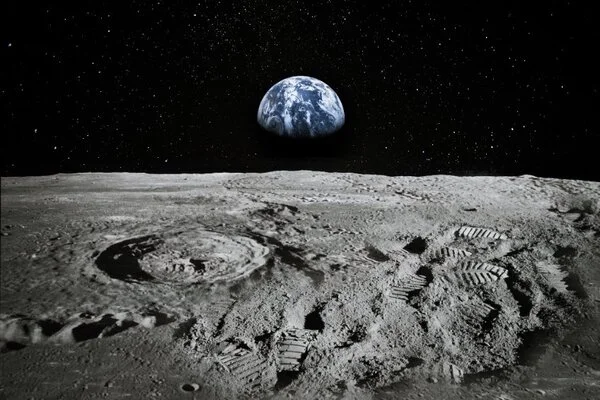
Grateful Dead lyrics inspire lab instrument
The Noble Gas Laboratory at ETH Zurich houses a cutting-edge noble gas mass spectrometer known as “Tom Dooley,” which is mentioned in the Grateful Dead song of the same name. The instrument got its name after earlier researchers suspended the highly sensitive equipment from the lab ceiling to avoid interference from everyday vibrations. The research team was able to measure sub-millimeter glass particles from the meteorites using the Tom Dooley instrument, ruling out the solar wind as the source of the detected gases. They discovered much more helium and neon than expected.
The Tom Dooley is so sensitive that it is, in fact, the only instrument in the world capable of detecting such minimal concentrations of helium and neon. It was used to detect these noble gases in the 7 billion years old grains in the Murchison meteorite – the oldest known solid matter to-date.
Searching for the origins of life
Knowing where to look on the inside NASA’s vast collection of approximately 70,000 approved meteorites represents a significant step forward. “I am convinced that there will be a race to study heavy noble gases and isotopes in meteoritic materials,” says ETH Zurich Professor Henner Busemann, one of the world’s leading scientists in the field of extra-terrestrial noble gas geochemistry. He predicts that researchers will soon be looking for more difficult-to-identify noble gases like xenon and krypton. They will also look for other volatile elements in lunar meteorites, such as hydrogen or halogens.
According to Busemann, “While such gases are not required for life, it would be interesting to learn how some of these noble gases survived the moon’s violent formation. Such knowledge could aid geochemists and geophysicists in developing new models that demonstrate how such highly volatile elements can survive planet formation, in our solar system, and beyond.”
